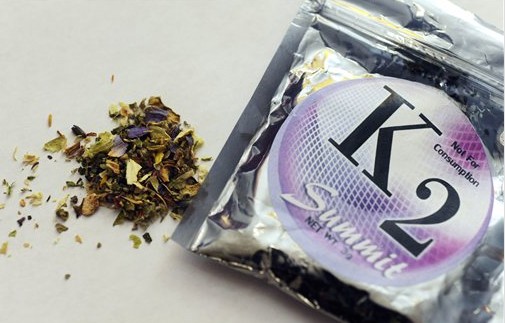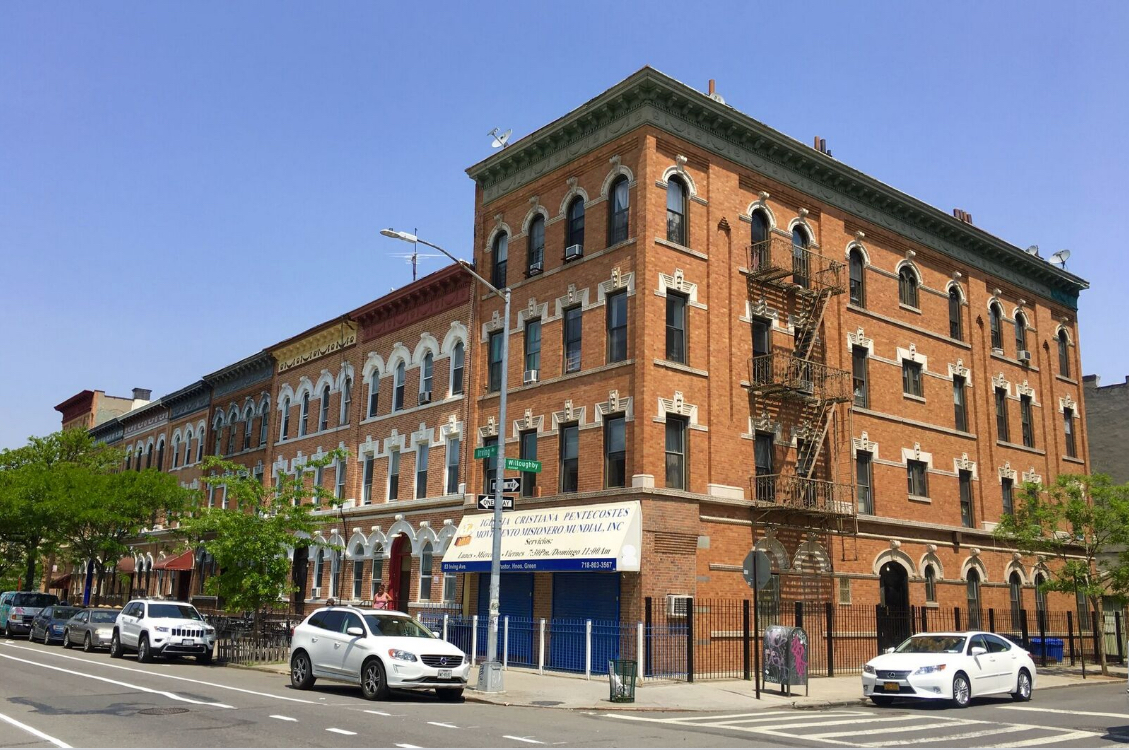The K2 corner: Why a toxic drug persists in Brooklyn

The scene is strikingly familiar every time it breaks out, like an episode of “The Walking Dead.” On Saturday in Brooklyn, police received a call about several men lying on the ground, apparently suffering from drug overdoses, and took five of them to the hospital for treatment. In May, dozens of people were found slumped on the streets and sidewalks near the same spot, suffering from overdoses. In an earlier episode, in 2016, authorities put the victim count at 130.
The Brooklyn overdose epidemics have repeatedly happened near the same intersection, Broadway and Myrtle Avenue, on the border of Bedford-Stuyvesant and Bushwick, which neighbors have reportedly started referring to as “Zombieland.”
What these episodes have in common is the use of K2 (also known as spice), a catch-all term for drugs originally created in the laboratory to mimic the psychoactive ingredient in marijuana, but now turning up in batches created everywhere from illicit labs in China to backrooms in Brooklyn, thrown together with common chemicals, often toxic ones.
